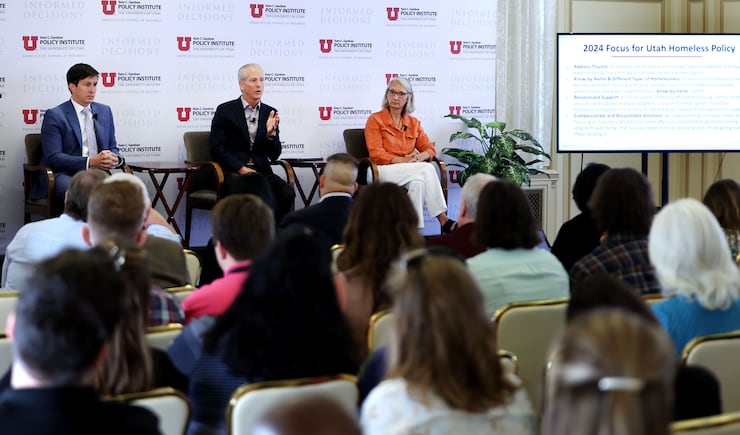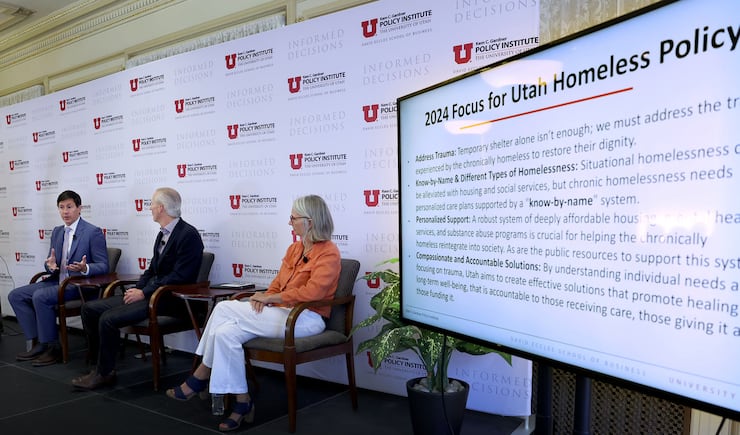In late January of each year, in the dead of winter and before first light, advocates, homeless services providers, government officials and volunteers scour the streets of some Utah cities to attempt to count unsheltered men, women and children.
Some are in tents, others in cars and still others might be found in makeshift shelters. Some are walking the streets or huddled in doorways to stay warm and kill time until they can duck into a fast-food restaurant for breakfast and to warm up or to seek day services from homeless services providers.
The counts are required by the Department of Housing and Urban Development at least biennially, although Utah officials conduct the count on an annual basis. Aggregated data from the federally required Point In Time Count is used to inform decisions about homelessness funding, policy recommendations and research.
While it is federally required, some homeless services providers, advocates and public officials question the utility of the count.
Carol Hollowell, executive director of homeless services provider Switchpoint, speaking on a panel during a Gardner Institute Newsmaker Breakfast on homelessness on Wednesday, said she’s participated in the count for more than a decade.
“When you look on a nationwide level, I think it’s the stupidest thing I’ve ever participated in and I’ve been doing it for 14 years. The reason is, you’re asking providers who are already stretched really thin during winter time to try and go out and help people who are just trying to hunker down and stay warm,” she said.
The Homeless Management Information System, which is used to collect client-level data and data on housing and services provided to individuals and families at risk of and experiencing homelessness, provides a much more accurate accounting, Holloway said.
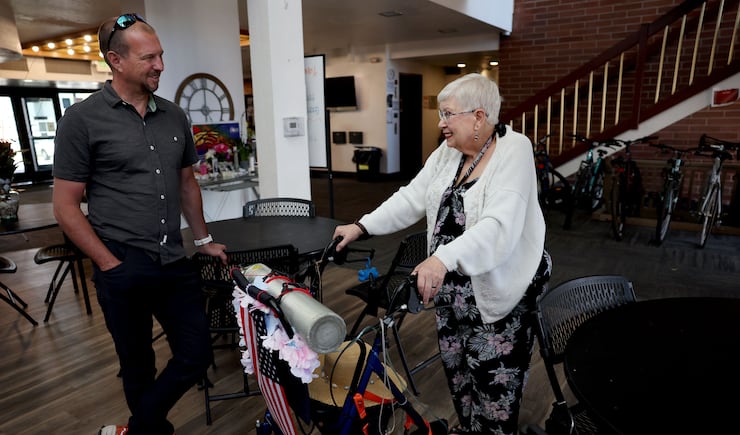

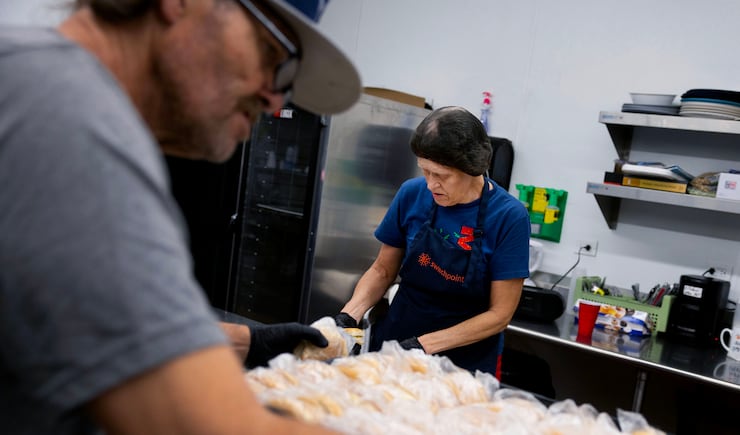
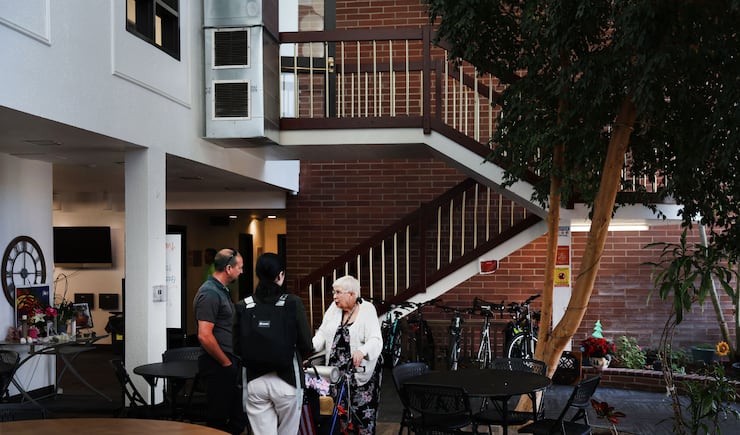


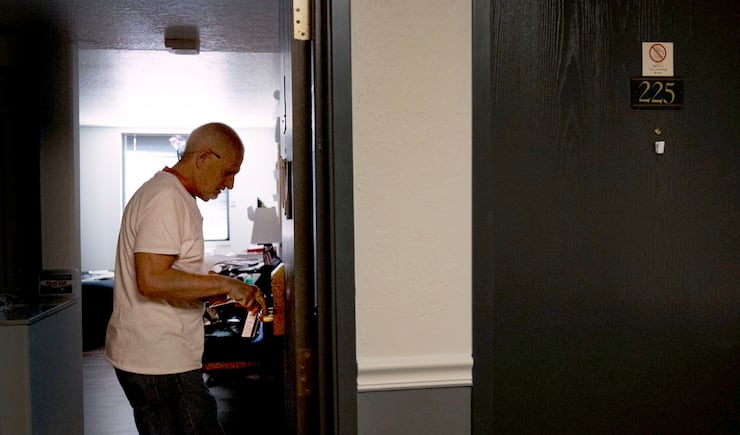
“There’s many, many communities across the nation that are not participating in the first place. ... I think it’s a waste of our time in many ways, because we’re just not getting an accurate count on anything but all of our HUD funding for the state is predicated on this Point in Time count,” she said.
Soren Simonsen, executive director of the Jordan River Commission and a former Salt Lake City Council member, said he has participated in the count for the past six years.
While there have been some refinements in the process over the years, “there still seems to be a real under accounting of those that are unsheltered. We’re working hard to try and improve that. We’ve done a lot of work around the Jordan River,” he said.
The time of day of the count — 4 a.m. to 6 a.m. — “makes it really hard to connect with individuals,” he said.
The count is based on survey data and there are many people that just are not willing or able to complete the surveys, he said.
“So we’re basing a lot of implementation on the Point in Time count, and yet that PIT count remains inadequate or underrepresentative, particularly of those that are unsheltered,” Simonsen said.
Wayne Niederhauser, state homelessness coordinator, in an interview following the panel discussion, said teams that participate in the count do not find every unsheltered individual “but we know how many are in shelter.”
HUD administers the Point in Time count of sheltered and unsheltered homeless individuals, as well as the housing inventory count of beds provided to serve the homeless population. Continuum of Care programs receive funds from HUD under the McKinney-Vento Homeless Assistance Act to provide direct services to homeless people in their communities.
Niederhauser said he likes the information the count provides. “It’s been good data for us to see trends,” he said.
A 2017 report by the National Law Center on Homelessness & Poverty, titled “Don’t Count on It,” raised similar concerns about flaws in the count, a lack of consistency in how they are conducted across the country and methods that have resulted in undercounts.
“Regardless of their methodology or execution, point in time counts fail to account for the transitory nature of homelessness and thus present a misleading picture of the crisis,” the report states.
The report cautions against the results to advise policy decisions.


